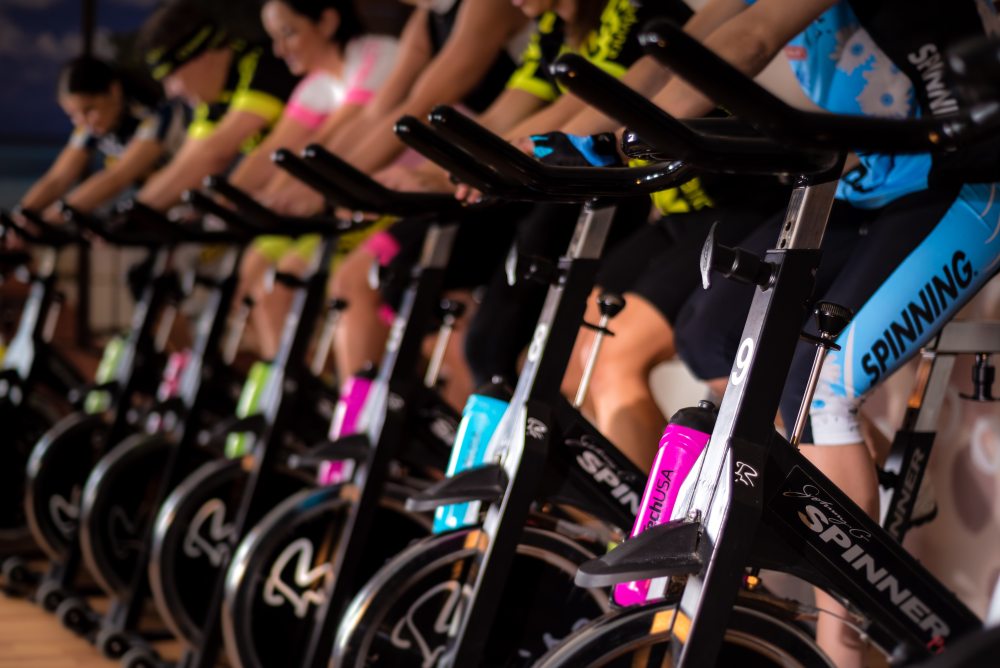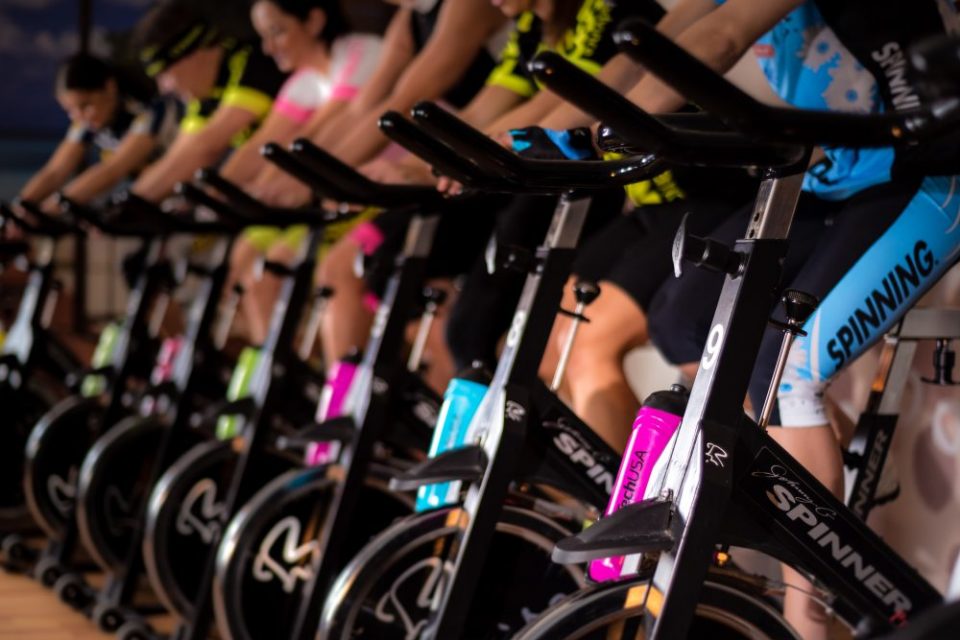
We’ve often told that high intensity exercise is an important part of our weekly training regime, but have you ever wondered why? In this blog post I’ll break down the benefits of high intensity training, give you some ideas on how to incorporate it into your workout and issue a few words of caution as you do need to build up to it.
Benefits of high intensity
Putting your body under stress can be highly beneficial, because in the right dose and with the appropriate amount of recovery afterwards, exercise can have a hormetic effect. This is a term used to describe something that whilst damaging or harmful to health in large doses, can be beneficial in small doses. Exercise is a good example of that because, in order to get the benefits of exercise, we need to stress the body. This is also called eustress (as opposed to distress).
Another benefit is elevated heart rate, which over time helps burn fat more efficiently, increases stamina and improves recovery. High intensity exercise also helps lower blood pressure over time, which has significant benefits to health.
High intensity exercise has a positive benefit on what’s called excess post-exercise oxygen consumption (EPOC). This means that after a high intensity session, you will be burning more oxygen post-session that you would be if you did a slow session at lower heart rates. The upshot of this is an increased calorie burn, so better for weight management and overall oxygen efficiency.
Lastly, although this isn’t an exhaustive list, working at high intensities helps you adapt for lactic acid, which is generated in the muscles when they are approaching exhaustion (wobbly legs and / or burning sensation). You process out the lactic acid in the recovery periods hence are training the body to deal with it.
How to exercise at high intensity
Firstly, a word of caution. Do not attempt to do a high intensity workout if you are unused to it, injured, recovering from illness or new to exercise. Start slowly and build up, and consult your doctor if you’re just starting an exercise regime.
There are many ways to get the heart rate up but here are a few of my favourites, starting with my latest discovery, spinning.
Spinning – after a recent trip to New York where we discovered SoulCycle, Bodyshot co-founder Antonia and I have been going to a weekly spin class at a place called Psycle (in London). They offer a 45 minute spin class that is fast and furious, all set to music. This is a great way to get the heart rate up!
Tabata – this technique consists of 20 seconds of fast movement followed by 10 seconds of rest repeated 8 times for a total of 4 minutes. Sounds easy? It’s not! You can choose the exercise but I usually do burpees kettlebell squats, plank or clean and press with a 20kg barbell.
Intervals or runnervals – I’ll warm up by jogging a mile or two then will do 10 x 100m sprints. You can make these shorter but try and do at least 5 as fast as you can. Don’t attempt without a decent warm up.
Lift heavy – short bursts of very heavy lifting will give you the benefits outlined above. I use something called the Sqyre, but you can find something lighter. It must require at least an 85% effort to lift though, and you shouldn’t be able to do many reps if it’s heavy enough.
How much is enough?
I do high intensity exercise 2-3 times a week, but I’ll flex this according to how I feel. It’s as important to rest and recover as it is to exercise, so prioritise your rest. It might be if you’re under a lot of pressure or very stressed that a high intensity workout is not a good idea – try walking, yoga or stretching and flexibility work instead.
Assuming you’re fit and well, twice a week is a good target. Add in moderate exercise such as light jogging or brisk walking up to five times a week and maintain lots of daily life movement every day. Avoid sitting for longer than 30 minutes at a time, and stay active.
For more on the importance of daily movement and good overall fitness, watch my TEDx talk on why fitness is more important that weight.
What’s your Health IQ?
If you’re reading this, you’re are probably in a reasonably senior position, running your own business or have a busy life running the home and juggling other responsibilities. Either way, you’re busy. The convergent pressures of work and family life have probably meant that the time you did have to spend on health and fitness has disappeared. Why not talk to us and see how we can help.
Leanne Spencer is an entrepreneur, coach, TEDx Speaker, author of Remove the Guesswork, and founder of Bodyshot Performance Limited. Bodyshot is a health and fitness consultancy that helps busy professionals get more energy by removing the guesswork around their health, fitness and nutrition. Visit www.bodyshotperformance.com or email info@bodyshotperformance.com to register your interest in our services and connect with us on Facebook, Instagram and Twitter.


